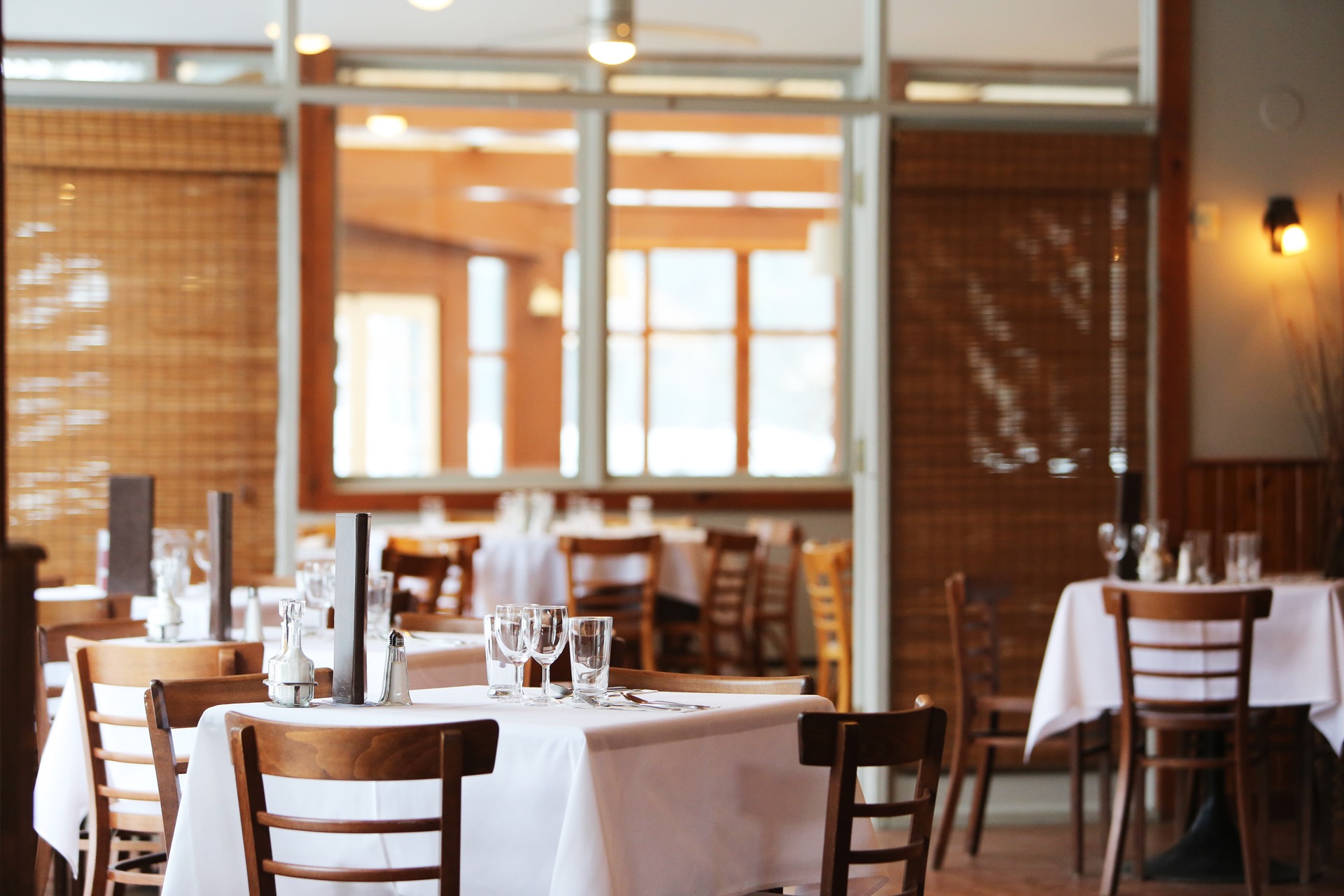In a changing industry that has consistent competition with emerging food trucks, rising labor costs, and trends to become more health conscious, it is no surprise that delis and high end restaurants are seeing a sharp decline in their customer base.
One recent example is the fancy French restaurant Le Cirque, which recently filed for bankruptcy along with Public, an eatery that has been in business for over 14 years in Nolita. As neighborhoods changed and newer, fresher real estate dominated areas such as Tribeca and Chelsea, Cirque’s long-standing reputation as a high end restaurant in a luxury neighborhood started to dwindle as other restaurants of the same quality were established throughout Manhattan.
So much luxury development was created in the last decade and a half in parts of the city where it was easier and more conducive to build,” said Miller. “And that drew consumers, along with new support services,” he said. “One of those services was high-end restaurants.”
However, this is only a micro-reflection of some larger, more casual fast food chains that have gone out of business within the past year, causing thousands of lost jobs across the U.S. Studies have shown that this downward trends of delis, high-end restaurants and national chains are going under as a result of changing eating habits,
“The restaurant industry is getting hard hit just like the retail sector, where consumers are pulling in their discretionary spending,” added Rosendorf, a partner at Kozyak Tropin & Throckmorton in Miami. “It’s a leading indicator of a pending recession.”
While analysts disagree on some factors affecting this industry wide shift, it is clear that a good portion of Millennials who are working in the low-wage economy have consistently pulled out of restaurant spending during as they save money living at home. In the past year or so, around 2% of restaurants closed, with some Millennials heading towards cheaper, often times less healthy options to save money.
As Millennials move out of their homes and slowly move upward into higher income brackets, it will be interesting to see how their buying power and how real estate which continue to shape the restaurant industry at the local/national levels.
